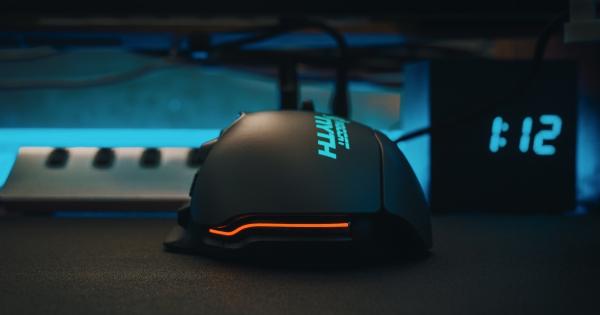Depression is a mood disorder that can affect anyone. It is a common illness that affects more than 264 million people worldwide. Depression can be mild or severe and can impact a person’s daily activities, relationships, and work.
Antidepressant drugs are one of the most common treatments for depression, and with various types available in the market, it can be hard to know which one is best. This article will explore the best antidepressants out there, and help you understand more about these drugs.
The Mechanisms of Antidepressants
Antidepressants work by increasing the levels of certain chemicals in the brain, known as neurotransmitters. These chemicals help to regulate mood, sleep, appetite, and other bodily functions.
The most common types of neurotransmitters targeted by antidepressants include serotonin, norepinephrine, and dopamine. By regulating these neurotransmitters, antidepressants help to improve mood, reduce anxiety and irritability and alleviate other symptoms associated with depression.
The Various Types of Antidepressants
There are different types of antidepressants available in the market. They are classified based on how they work on the neurotransmitters in the brain and affect the symptoms of depression. Some of the most common types of antidepressants include:.
1. Selective Serotonin Reuptake Inhibitors (SSRIs)
SSRIs are the most commonly prescribed antidepressants. They block the reabsorption of the neurotransmitter, serotonin, thereby increasing its availability in the brain.
This action helps to boost mood, reduce anxiety, and alleviate other depression symptoms. Some of the common SSRIs include fluoxetine, sertraline, and escitalopram.
2. Serotonin-Norepinephrine Reuptake Inhibitors (SNRIs)
SNRIs block the reabsorption of serotonin and norepinephrine, two neurotransmitters that play a vital role in regulating mood. These drugs help to boost mood, reduce anxiety, and alleviate other depression symptoms.
Some examples of SNRIs include venlafaxine, duloxetine, and desvenlafaxine.
3. Tricyclic Antidepressants (TCAs)
TCAs were one of the initial antidepressants developed for treating depression. They work by blocking the reuptake of norepinephrine and serotonin.
However, TCAs also block other neurotransmitters’ activity in the brain, leading to more side effects than other newer antidepressants. Some examples of TCAs include amitriptyline and imipramine.
4. Monoamine oxidase inhibitors (MAOIs)
MAOIs were another early type of antidepressant that works by blocking the activity of monoamine oxidase. MAO is an enzyme that breaks down neurotransmitters, such as serotonin, norepinephrine, and dopamine.
By blocking this enzyme, MAOIs increase the levels of these neurotransmitters in the brain, leading to an improvement in mood. Examples of MAOIs include phenelzine, tranylcypromine, and isocarboxazid.
5. Atypical Antidepressants
Atypical antidepressants are a newer class of drugs that work differently from the traditional antidepressants. These drugs target various neurotransmitters such as dopamine, norepinephrine, and serotonin simultaneously.
These drugs typically have fewer side effects than other traditional antidepressants. Examples of atypical antidepressants include bupropion, mirtazapine, and trazodone.
What Is The Best Antidepressant Out There?
There is no one-size-fits-all answer to this question. The effectiveness of an antidepressant varies depending on individual factors such as age, sex, weight, medical history, and the severity of depression symptoms.
The best antidepressant is one that works well for you with minimum side effects. It is essential to speak to your doctor or psychiatrist, who will consider your individual medical history and prescribe the drug that best suits your condition.
The Side Effects of Antidepressants
Like all medication, antidepressants can have side effects. The side effects can vary depending on the type of antidepressant. Some common side effects of SSRIs include nausea, headache, insomnia, and dry mouth.
SNRIs may cause side effects like dizziness, allergic reactions, and blurred vision. Tricyclic antidepressants may cause blurred vision, dry mouth, and constipation. MAOIs can cause high blood pressure and an increased risk of stroke if taken with certain foods or medications.
Atypical antidepressants may cause drowsiness, weight gain, and constipation. It is essential to discuss all possible side effects with your doctor before starting an antidepressant.
Conclusion
Antidepressants are a vital treatment option for depression that can help improve mood, reduce anxiety, and alleviate other depression symptoms.
The best antidepressant out there varies from person to person and depends on individual factors such as age, sex, weight, medical history, and the severity of depression symptoms. It is essential to speak to your doctor or psychiatrist, who will consider your individual medical history and prescribe the drug that best suits your condition.
Antidepressants can have side effects, and it is crucial to discuss these with your doctor before starting medication.































